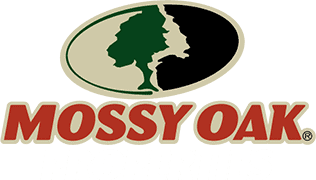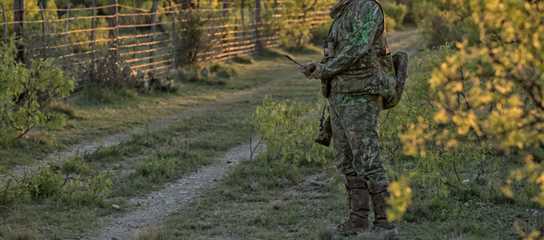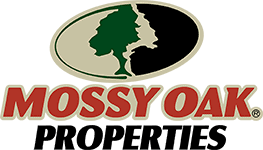Jeff Dennis | Originally published in GameKeepers: Farming for Wildlife Magazine. To subscribe, click here.
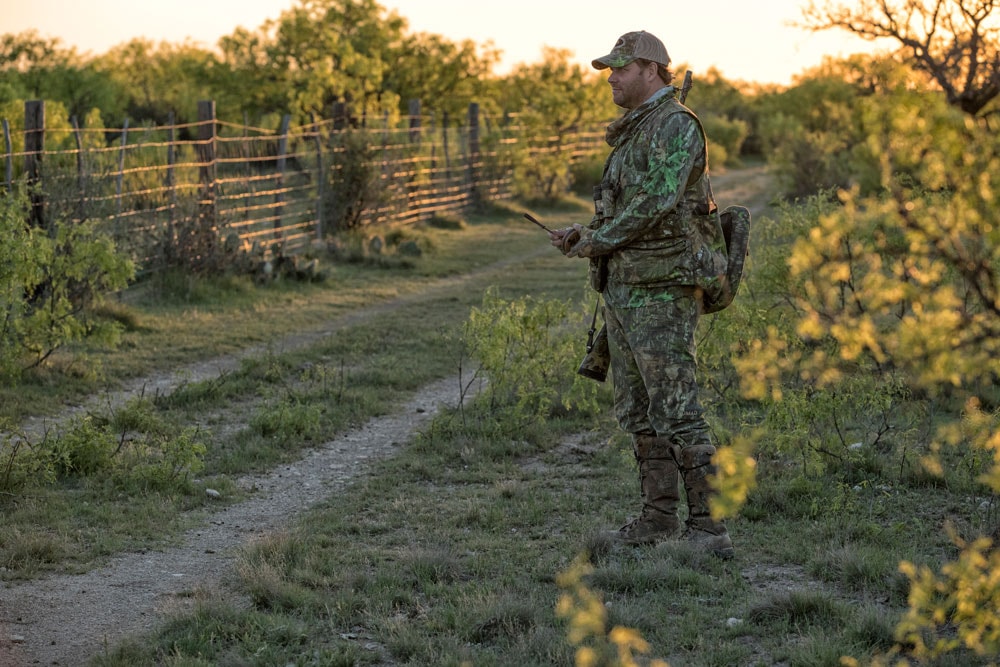
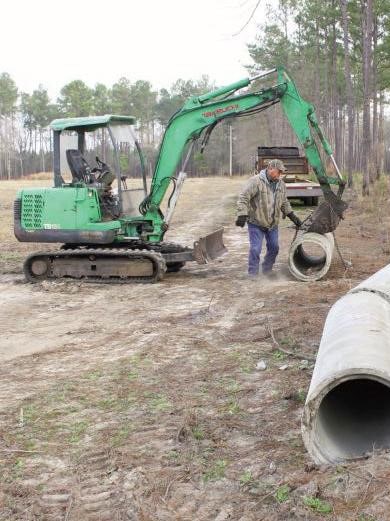
another way to improve roads and access. You can
purchase corrugated plastic culverts to a specified length
that should last a lifetime, or cement culverts are
sometimes also still used.
“Farming for wildlife” is why most of us manage our land, and property access is one of the most important building blocks for success. Roads, trails, firebreaks and the like are the arteries that allow access and their upkeep is crucial for many reasons. Mother Nature’s wrath and deterioration over time takes a toll on these avenues, so if you wish to be able to plant food plots, do woods work, or for that matter hunt the property, repairing and maintaining your roads and trails should be done now.
Have you ever noticed that industrial timberlands have invested heavily in rock roads with ditching and culverts where necessary? It’s an old adage that property access pays off down the road in terms of offering an attractive lease to hunters or perhaps being able to conduct logging during wet weather when the market price is high. Recreational landowners may not be able to afford to duplicate these practices, but the message of improved access should resonate since they seek the same dividends.
Ross Catterton is the longtime manager for Bear Island Wildlife Management Area, a property open for public hunting and owned by the South Carolina Department of Natural Resources. “You always have to care for your roads, even if they are paved because roads are not permanent structures without maintenance,” said Catterton. “Topping a dirt roadbed with rock is a great way to build it up, and though it is costly, every time you grade that road the material stays there.
“I prefer to use granite since it will pack down and offer support to vehicle traffic,” said Catterton, “whereas “crush and run” seems to deplete over time, since elements like rain and wind can make a significant impact. Every time a vehicle rides that road with a cloud of dust behind it you are losing material, and over a period of years, it takes a toll. Heavy rainfalls can wash some of it away too.”
Other tips from Catterton include fixing road issues during dry times such as summer. Do not leave a pothole or a depression in the road to get worse during the next time of stress. A high traffic road needs more grating, maybe five times a year, than say a recreational property access road. Small implements such as a double-edge grader or a box blade work well behind a tractor on farm roads. Pathways such as impoundment dikes likely require these smaller options for grading.

the sides or ditches of roads, a perennial can be
planted to help with erosion and add tonnage to
your food program. Mowing helps to proliferate
plant growth and dry out the road.
Using a bulldozer might be nice to get a roadbed started out correctly, but after that, the most important aspect is to leave the center of the road higher than the edges. This promotes good drainage and should be duplicated on other trails or firebreaks where future access is planned. Access might include anything from an ATV, golf cart or even a horse but some areas simply were not made to drive a half-ton truck through.
Through personal experience, I have found that hauling dirt to a problem area can fix all sorts of issues like standing water, deep ruts, and bottom crossings. Having the dirt ready to haul requires some forethought for land managers. You may want to ask the question, “Are you dirt poor or dirt rich?” Some landowners can simply dig a borrow pit, while others will have to be more creative.
A few years ago I visited a friend who was adding some dirt with asphalt scraps in it to the road going to his house. I inquired about how much that cost, and he surprised me by saying it cost him nothing. He knew a contractor who was looking to dispose of the material and he made sure to be in the right place at the right time.
Since then I have become more aware of similar operations in my rural area and about making efforts to put myself in a similar situation. A good tip would be to have an area that can accept fill dirt next to a paved secondary road since those likely to help out are looking for easy in and out. This area must be able to serve as a staging area until conditions are right to haul the dirt to the problem areas, likely during dry times.
A farm tractor with a front end loader can be utilized for small jobs in out of the way places, but I’ll hire a dump truck and operator for hauling most of the dirt for larger road improvement jobs. Of course, donated fill dirt may not be of a very high grade, so buying a load or two of dirt might make sense when considering the long term fix. In other words, hauling good dirt to an area that needs improvement will last longer than adding poor material to a weak site.

WhistleBack, this type of set-up makes for excellent quail or upland
habitat.
In general, paying to fix problem areas now will cost less money than taking on the same issues in five to ten years. The dirt will cost more, the equipment rental, hourly wages and so forth. Depending on your age, if you are looking at living on a fixed income in the next decade or two, then getting your recreational property access squared away for maximum enjoyment during those years demands strong consideration now.
Fire lines are another form of access, though not everyone will use them as such. A firm commitment to a regular rotation of prescribed fire on a property is best for all forms of wildlife. A dividend of this commitment is fire lines that are plowed and mowed annually so that they are ready for fire season, or for wildfire.
Getting fire lines established in the woodlands does involve some front-end costs. In my case, I hired S.C. Forestry Commission to establish fire lines with a bulldozer, especially since my plans included using them for assistance on controlled burns. They did an average job with the firelines and the burning, but it helped to bring me one step closer to more hands-on management in the future.
Using a contractor with a small dozer and plenty of experience with woodland fires, we went back and re-shaped the firelines where they needed some fine-tuning. For instance, we cut hardwoods out of the burning block by adding some lazy curves to the firebreak. With plenty of upland pine habitat, the hardwood needed a degree of protection so that we could maintain the best possible habitat diversity.

to a paved secondary road since those likely to help out
with cheap fill are looking for easy in and out. This area
must be able to serve as a staging area until conditions
are right to haul the dirt to the problem areas, likely during
dry times.
By no means are the firebreaks at the level of quality that I would like, but they are functional and we will continue to work them until they are an asset to the property. Don’t forget that big game like deer and turkeys use fire lines for travel since they can be lazy when walking the woods and seek the path of least resistance. Yep, they make a great way for hunters to access the woods on foot too.
If one is planning to sell a property, then I can recommend shoring up roads and trails as a way to add value to the final listing price. Just like established food plots, game harvest records, water sources—access is a great selling point.
Can you access your food plots and tree stands in wet weather? Land managers must know the limits of their property and if closing a road or trail during wet weather is warranted, the action must be taken. Areas that receive traffic from visitors are likely to be torn up quicker during wet times since they usually have no knowledge of road maintenance worries, whereas landowners use caution when damage to roads is a possibility.
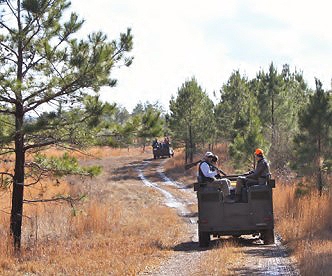
hunting. Here quail hunting jeeps navigate a
Georgia plantation road.
Adding culverts to problem areas along the way is another way to improve roads and access. You can purchase corrugated plastic culverts to a specified length and they should last a lifetime. Again, staying aware of these needs ahead of time can help defray these costs. For instance, I once traded a farmer some goodwill and a quail hunt for some cement culverts that were lying around at his equipment shed.
“Day-lighting” of roads involves cutting back branches that overhang any pathway in order to let the sunshine keep drying out the area. In some cases where farm equipment might need to pass, trees can be removed to widen the road. Plating a cover crop along these areas stalls erosion and gives wildlife another reason to visit.
Road and trail maintenance is really a never-ending chore. Almost always the wear and tear occurs during hunting season, which coincides with winter weather, and the repairs are addressed during the summer mowing season. But gamekeepers will always keep watch for the dows of opportunity to patch potholes and to get rid of ruts when prudent.
